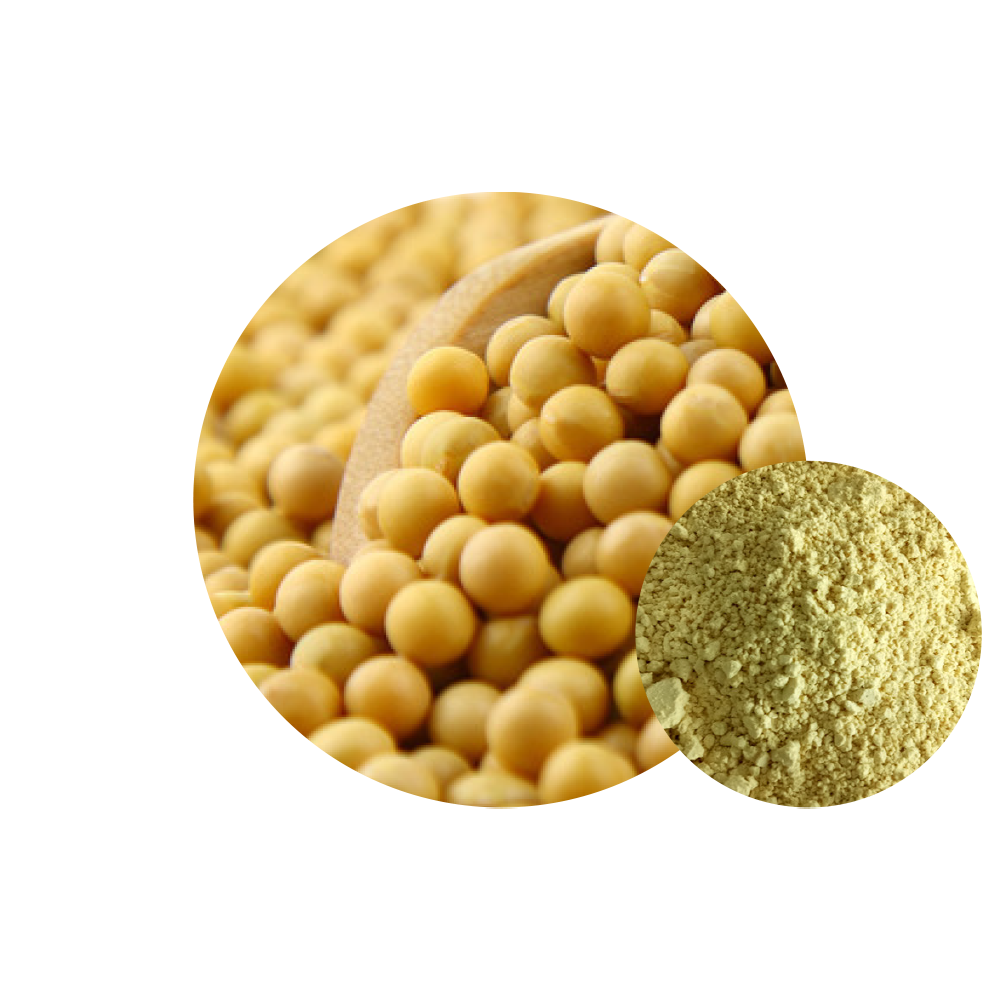Natural Biosurfactant, composed of triglycerides.
Promotes the formation of micelles
Improves conversion rate and weight gain.
Creates smaller emulsion micelles, improving fat digestion in aqueous media, such as gastrointestinal.
Improved lipid absorption and digestibility ratios compared to other synthetic lecithins and/or emulsifiers.
Stable to feed manufacturing thermal processes.
Stable in acidic solutions or with high salt concentrations.
Improves bioavailability of nutrients and liposoluble vitamins.
Improves the digestibility of amino acids.
Improves pigmentation when using liposoluble pigments for yellow chicken, such as zeaxanthin, lutein, etc.
Optimizes the absorption of Vitamin E and/or Selenium. Due to its preservative-antioxidant capacity, it controls the oxidative status of fats and oils.
It produces a Hepato-protective effect
Enzymatically hydrolysed lecithin allows for superior emulsion capabilities and acts as a surfactant due to its specific contribution of lysophosphatildilcholine, with a different molecular structure from other phospholipids and with superior hydrophilic capabilities.







